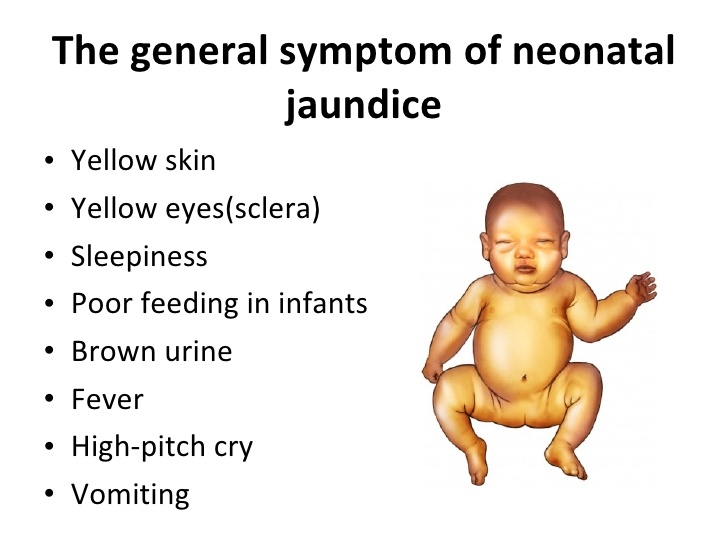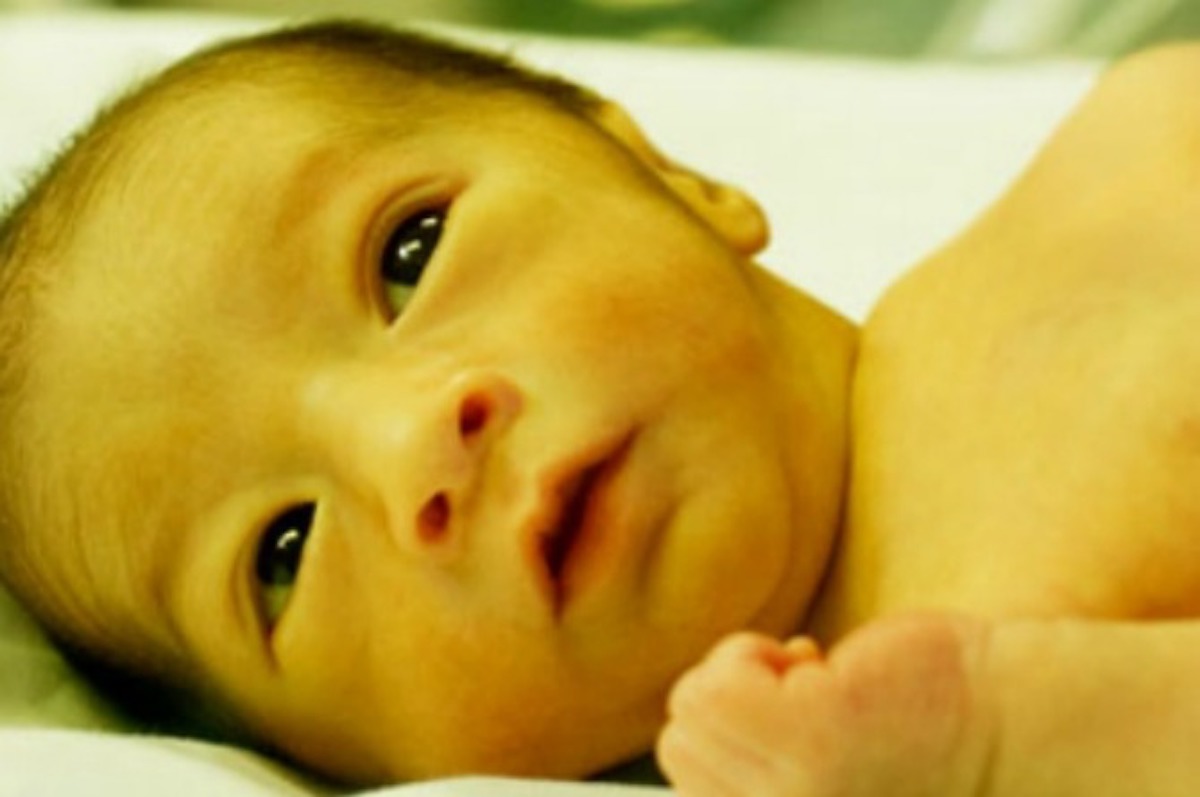Among the states your care provider will be tracking for is jaundice. In case the jaundice appears out from the normal range, then measures will be taken in get it back under control. Jaundice is more common in breastfed infants and tends to last a little longer. There is conflicting details about how jaundice should be managed in the breastfed infant. Treating jaundice can significantly affect the breastfeeding relationship long term. Jaundice is a condition that may occur in infants within 2-3 days of birth. Jaundice is just a yellowing of the skin or whites of the eyes. Jaundice usually appears first on the face and next are going to move down the body to the chest, stomach, arms, and legs. 
Jaundice is better seen in natural light and might be harder to find in dark skinned infants. If jaundice is supposed, your health care provider may operate blood tests to measure the quantity of bilirubin in the blood. Physiologic Jaundice is the most typical and normal form of jaundice in infants. Jaundice will develop when an Infant liver is not effective enough to remove the bilirubin from the bloodstream. After the child starts to mature as well as the red blood cell quantities diminish, the jaundice may subside with no long-term effects on the infant. Breast Milk Jaundice is jaundice that continues after physiologic jaundice decreases.
There is just no known cause for this kind of jaundice, though speculation is that it can be linked to a substance in the breast milk that’s obstructing the breakdown of bilirubin. This form of jaundice doesn’t mean that anything is wrong with the mother dairy and that breastfeeding should be stopped. Most infants who present with real breast milk jaundice might see another increase in bilirubin levels at about 2 weeks. Breast milk jaundice can d urare 3-12 weeks afterbirth, but so long as the infant is feeding well as well as bilirubin levels are monitored, it seldom leads to severe complications.
Breast milk jaundice should also be classified from breastfeeding jaundice, which is jaundice caused by an inadequate consumption of dairy. Breastfeeding jaundice is caused when the infant doesn’t get enough milk. Breastfeeding jaundice may appear when a new baby doesn’t get a great start on breastfeeding, has a latch incorrect, or is supplemented with some other alternatives which interfere with breastfeeding. Breastfeeding jaundice frequently will solve itself with elevated feedings and assist from the lactation consultant to make certain the child is taking in sufficient amounts.
